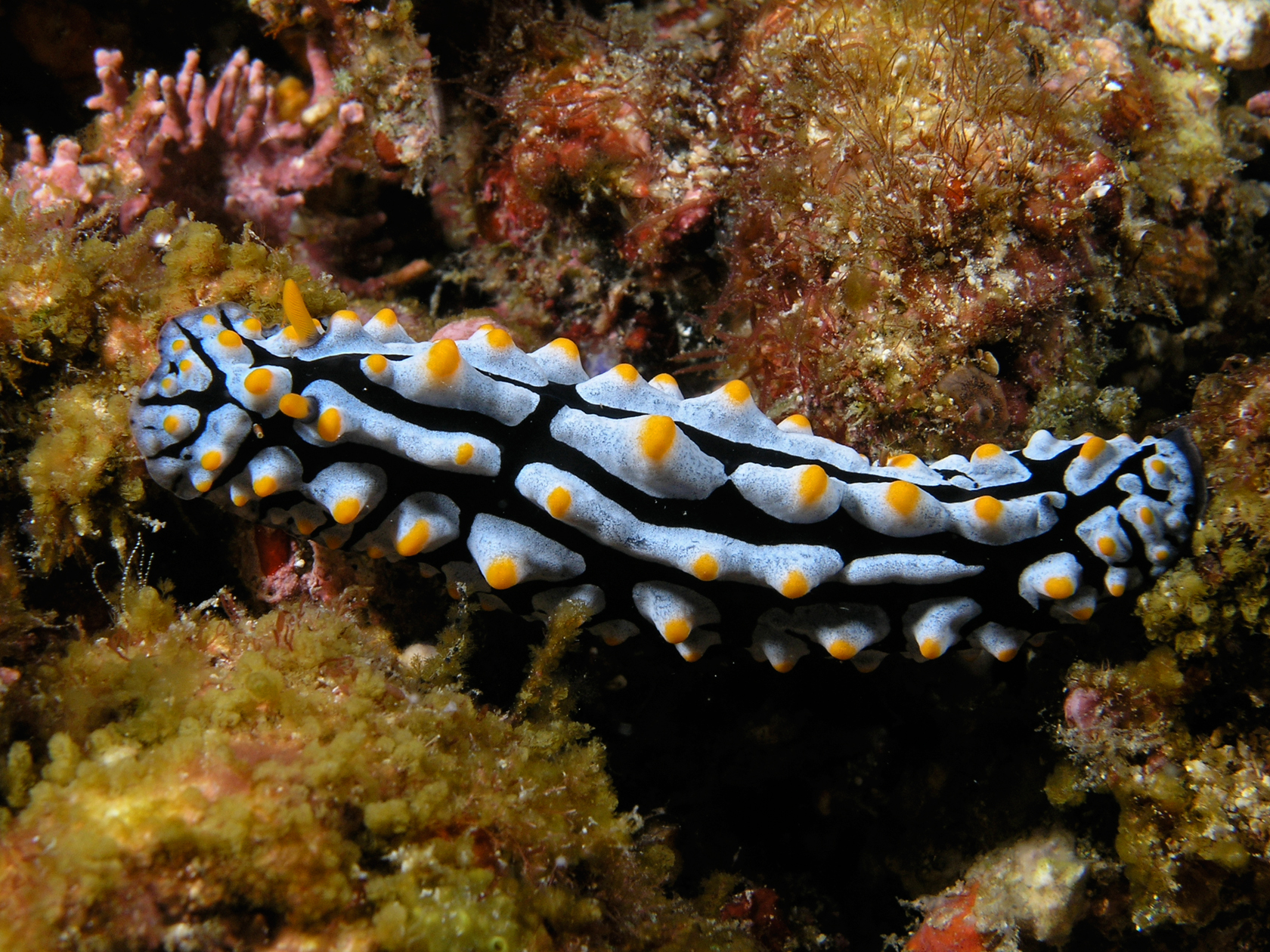|
Depressor Anguli Oris
The depressor anguli oris muscle (triangularis muscle) is a facial muscle. It originates from the mandible and inserts into the angle of the mouth. It is associated with frowning, as it depresses the corner of the mouth. Structure The depressor anguli oris arises from the lateral surface of the mandible. Its fibers then converge. It is inserted by a narrow fasciculus into the angle of the mouth. At its origin, it is continuous with the platysma muscle, and at its insertion with the orbicularis oris muscle and risorius muscle. Some of its fibers are directly continuous with those of the levator anguli oris muscle, and others are occasionally found crossing from the muscle of one side to that of the other; these latter fibers constitute the transverse muscle of the chin. The depressor anguli oris muscle receives its blood supply from a branch of the facial artery. Nerve supply The depressor anguli oris muscle is supplied by the marginal mandibular branch of the facial ... [...More Info...] [...Related Items...] OR: [Wikipedia] [Google] [Baidu] |
Tubercle (anatomy)
In anatomy, a tubercle (literally 'small tuber', Latin for 'lump') is any round nodule, small eminence, or warty outgrowth found on external or internal organs of a plant or an animal. In plants A tubercle is generally a wart-like projection, but it has slightly different meaning depending on which family of plants or animals it is used to refer to. In the case of certain orchids and cacti, it denotes a round nodule, small eminence, or warty outgrowth found on the lip. They are also known as podaria (singular ''podarium''). When referring to some members of the pea family, it is used to refer to the wart-like excrescences that are found on the roots. In fungi In mycology, a tubercle is used to refer to a mass of hyphae from which a mushroom is made. In animals When it is used in relation to certain dorid nudibranchs such as '' Peltodoris nobilis'', it means the nodules on the dorsum of the animal. The tubercles in nudibranchs can present themselves in different w ... [...More Info...] [...Related Items...] OR: [Wikipedia] [Google] [Baidu] |
Transverse Muscle Of The Chin
The transversus menti, or transverse muscle of the chin, is a facial muscle that is often considered to be the superficial fibers of the depressor anguli oris The depressor anguli oris muscle (triangularis muscle) is a facial muscle. It originates from the mandible and inserts into the angle of the mouth. It is associated with frowning, as it depresses the corner of the mouth. Structure The depres ... muscle which cross to the other side of the face. References Muscles of the head and neck {{Muscle-stub it:Muscolo depressore dell'angolo della bocca#Muscolo trasverso del mento ... [...More Info...] [...Related Items...] OR: [Wikipedia] [Google] [Baidu] |
Birth Defect
A birth defect is an abnormal condition that is present at birth, regardless of its cause. Birth defects may result in disabilities that may be physical, intellectual, or developmental. The disabilities can range from mild to severe. Birth defects are divided into two main types: structural disorders in which problems are seen with the shape of a body part and functional disorders in which problems exist with how a body part works. Functional disorders include metabolic and degenerative disorders. Some birth defects include both structural and functional disorders. Birth defects may result from genetic or chromosomal disorders, exposure to certain medications or chemicals, or certain infections during pregnancy. Risk factors include folate deficiency, drinking alcohol or smoking during pregnancy, poorly controlled diabetes, and a mother over the age of 35 years old. Many birth defects are believed to involve multiple factors. Birth defects may be visible at birth or dia ... [...More Info...] [...Related Items...] OR: [Wikipedia] [Google] [Baidu] |
Aplasia
Aplasia (; from Greek ''a'', "not", "no" + ''plasis'', "formation") is a birth defect where an organ or tissue is wholly or largely absent. It is caused by a defect in a developmental process. Aplastic anemia is the failure of the body to produce blood cells. It may occur at any time, and has multiple causes. __TOC__ Types Pure red cell aplasia Pure red cell aplasia (PRCA) is caused by the selective destruction or inhibition of erythroid progenitor or precursor cells. It is characterized by anemia and reticulocytopenia and can be chronic or acute. Diamond–Blackfan anemia is a type of PRCA that occurs at birth. PRCA can be acquired as a primary disorder or as a result of another disorder. Immunosuppressive drugs, particularly corticosteroids, will usually result in a temporary or permanent remission. The final outcome is primarily determined by the underlying disorder. Aplasia cutis congenita Aplasia cutis congenita is a condition in which some or large portions of ... [...More Info...] [...Related Items...] OR: [Wikipedia] [Google] [Baidu] |
Hypoplasia
Hypoplasia (; adjective form ''hypoplastic'') is underdevelopment or incomplete development of a tissue or organ. Dictionary of Cell and Molecular Biology (11 March 2008) Although the term is not always used precisely, it properly refers to an inadequate or below-normal number of cells.Hypoplasia Stedman's Medical Dictionary. lww.com Hypoplasia is similar to aplasia, but less severe. It is technically ''not'' the opposite of [...More Info...] [...Related Items...] OR: [Wikipedia] [Google] [Baidu] |
Smile
A smile is a facial expression formed primarily by flexing the muscles at the sides of the mouth. Some smiles include a contraction of the muscles at the corner of the eyes, an action known as a Duchenne smile. Among humans, a smile expresses delight, sociability, happiness, joy, or amusement. It is distinct from a similar but usually involuntary expression of anxiety known as a grimace. Although cross-cultural studies have shown that smiling is a means of communication throughout the world, there are large differences among different cultures, religions, and societies, with some using smiles to convey confusion, embarrassment, or awkwardness. Evolutionary background Primatologist Signe Preuschoft traces the smile back over 30 million years of evolution to a "fear grin" stemming from monkeys and apes, who often used barely clenched teeth to portray to predators that they were harmless or to signal submission to more dominant group members. The smile may have evolved differ ... [...More Info...] [...Related Items...] OR: [Wikipedia] [Google] [Baidu] |
Depressor Labii Inferioris Muscle
The depressor labii inferioris (or quadratus labii inferioris) is a facial muscle. It helps to lower the bottom lip. Structure The depressor labii inferioris muscle arises from the lateral surface of the mandible. This is below the mental foramen, and the origin may be around 3 cm wide. It inserts on the skin of the lower lip, blending in with the orbicularis oris muscle around 2 cm wide. At its origin, depressor labii is continuous with the fibers of the platysma muscle. Some yellow fat is intermingled with the fibers. Nerve supply The depressor labii inferioris muscle is supplied by the marginal mandibular branch of the facial nerve. Function The depressor labii inferioris muscle helps to depress and everts the lower lip. It is the most important of the muscles of the lower lip for this function. It is an antagonist of the orbicularis oris muscle. It is needed to expose the mandibular (lower) teeth during smiling. Clinical significance Resection The depres ... [...More Info...] [...Related Items...] OR: [Wikipedia] [Google] [Baidu] |
Resection (surgery)
Surgery is a medical specialty that uses manual and instrumental techniques to diagnose or treat pathological conditions (e.g., trauma, disease, injury, malignancy), to alter bodily functions (e.g., malabsorption created by bariatric surgery such as gastric bypass), to reconstruct or alter aesthetics and appearance (cosmetic surgery), or to remove unwanted tissue (biology), tissues (body fat, glands, scars or skin tags) or foreign bodies. The act of performing surgery may be called a surgical procedure or surgical operation, or simply "surgery" or "operation". In this context, the verb "operate" means to perform surgery. The adjective surgical means pertaining to surgery; e.g. surgical instruments, operating theater, surgical facility or surgical nurse. Most surgical procedures are performed by a pair of operators: a surgeon who is the main operator performing the surgery, and a surgical assistant who provides in-procedure manual assistance during surgery. Modern surgical opera ... [...More Info...] [...Related Items...] OR: [Wikipedia] [Google] [Baidu] |
Paralysis
Paralysis (: paralyses; also known as plegia) is a loss of Motor skill, motor function in one or more Skeletal muscle, muscles. Paralysis can also be accompanied by a loss of feeling (sensory loss) in the affected area if there is sensory damage. In the United States, roughly 1 in 50 people have been diagnosed with some form of permanent or transient paralysis. The word "paralysis" derives from the Greek language, Greek παράλυσις, meaning "disabling of the nerves" from παρά (''para'') meaning "beside, by" and λύσις (''lysis'') meaning "making loose". A paralysis accompanied by involuntary tremors is usually called "palsy". Causes Paralysis is most often caused by damage in the nervous system, especially the spinal cord. Other major causes are stroke, Physical trauma, trauma with nerve injury, poliomyelitis, cerebral palsy, peripheral neuropathy, Parkinson's disease, ALS, botulism, spina bifida, multiple sclerosis and Guillain–Barré syndrome. Incidents th ... [...More Info...] [...Related Items...] OR: [Wikipedia] [Google] [Baidu] |
Marginal Mandibular Branch Of The Facial Nerve
The marginal mandibular branch of the facial nerve arises from the facial nerve (CN VII) in the parotid gland at the parotid plexus. It passes anterior-ward deep to the platysma and depressor anguli oris muscles. It provides motor innervation to muscles of the lower lip and chin The chin is the forward pointed part of the anterior mandible (List_of_human_anatomical_regions#Regions, mental region) below the lower lip. A fully developed human skull has a chin of between 0.7 cm and 1.1 cm. Evolution The presence of a we ...: the depressor labii inferioris muscle, depressor anguli oris muscle, and mentalis muscle. It communicates with the mental branch of the inferior alveolar nerve. Clinical significance Iatrogenic damage The marginal mandibular nerve may be injured during surgery in the neck region, especially during excision of the submandibular salivary gland or during neck dissections due to lack of accurate knowledge of variations in the course, branches and relat ... [...More Info...] [...Related Items...] OR: [Wikipedia] [Google] [Baidu] |
Facial Expression
Facial expression is the motion and positioning of the muscles beneath the skin of the face. These movements convey the emotional state of an individual to observers and are a form of nonverbal communication. They are a primary means of conveying social information between humans, but they also occur in most other mammals and some other animal species. Humans can adopt a facial expression voluntarily or involuntarily, and the neural mechanisms responsible for controlling the expression differ in each case. Voluntary facial expressions are often socially conditioned and follow a cortical route in the brain. Conversely, involuntary facial expressions are believed to be innate and follow a subcortical route in the brain. Facial recognition can be an emotional experience for the brain and the amygdala is highly involved in the recognition process. Beyond the accessory nature of facial expressions in spoken communication between people, they play a significant role in communication ... [...More Info...] [...Related Items...] OR: [Wikipedia] [Google] [Baidu] |



